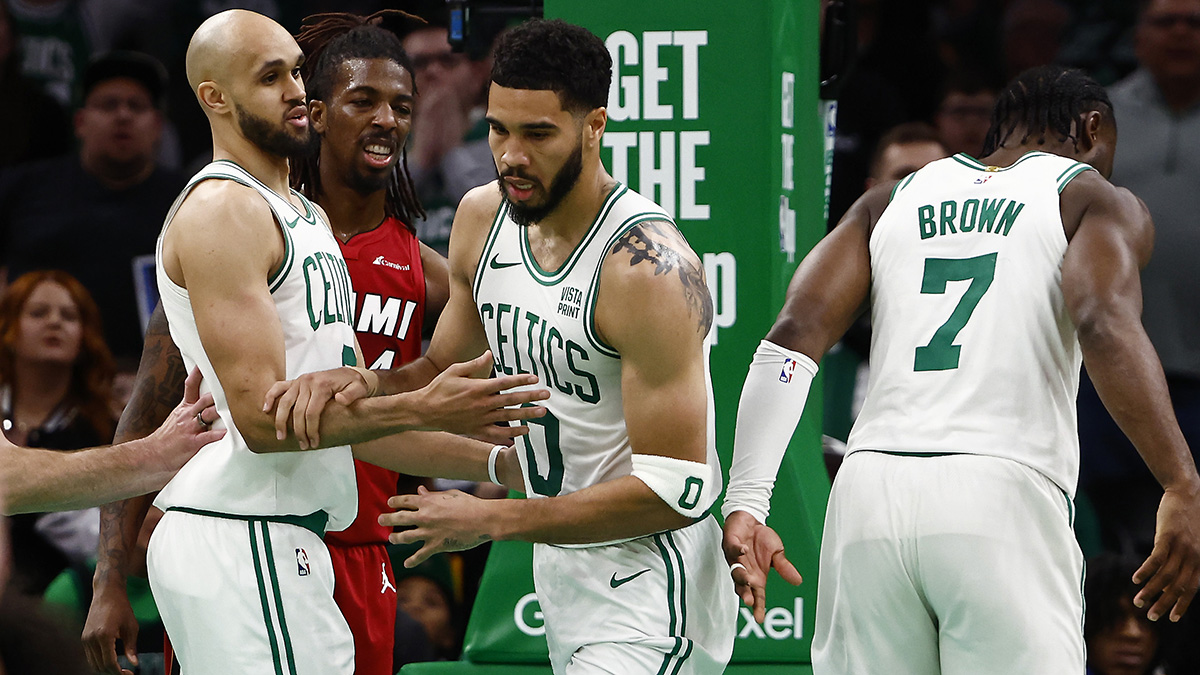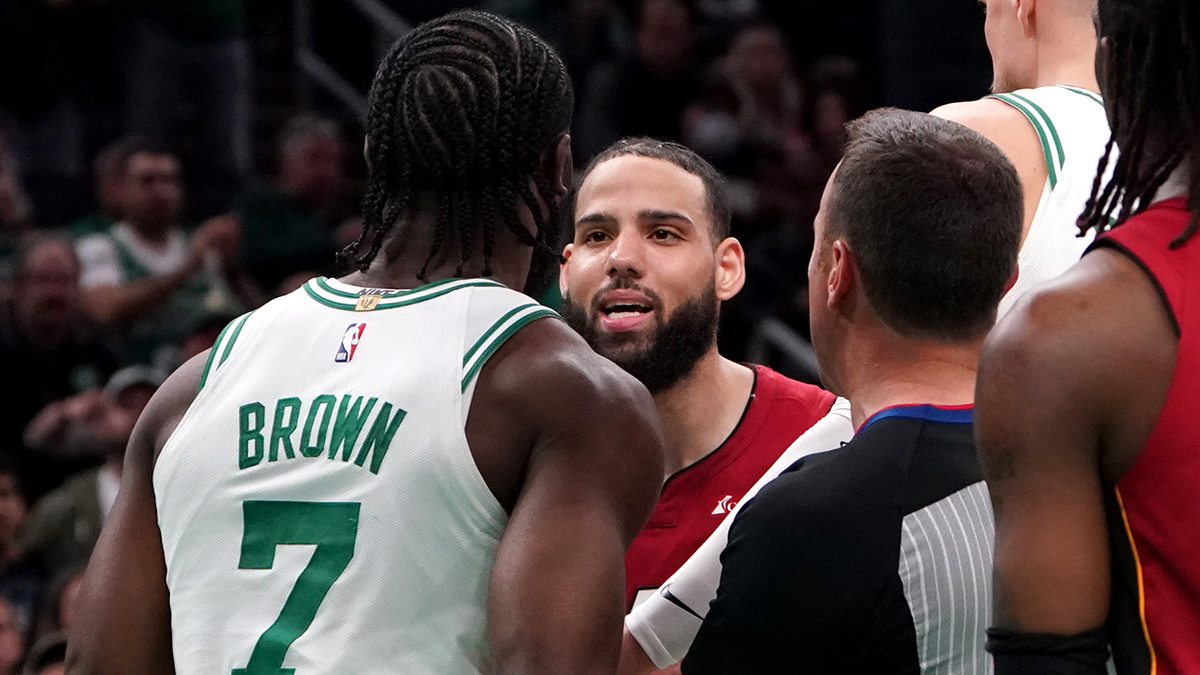
WALTHAM -- To put it simply, the Celtics have been rather boring on offense for the past few years.
They play the half-court game. They slow it down. They run sets and run the shot clock down. Occasionally they'll speed things up. Occasionally.
This is what they're instructed to do. This is what they're constructed to do. Rajon Rondo runs the point, and in turn runs the show.
It has been a give-the-ball-to-Rondo-and-wait style of basketball for significant portions of many games.
That, obviously, isn't the case anymore this season, and without a real point guard on the team as of now, it won't be the case.
The C's are pushing the tempo and picking up the pace off of rebounds. The goal is to get out on the break and act fast. You wouldn't exactly know it by looking at yesterday's box score though -- 14 fast break points. That's because, according to Doc Rivers, the way it's scored is a poor representation of how often it happens.
"The way they do fast break points is the silliest thing . . . So if you ever go by that number- that's why whenever you guys say after a game, 'such and such had . . .' I know in my mind it's way off, so I never even pay much attention to that number. We had a lot of early offense, and that's what you want. And early offense is a fast break."
Boston Celtics
The "official" way fast break points are scored is if a basket is made within six seconds of a defensive rebound.
What Rivers' "early offense" means is finding the outlet almost immediately upon a rebound, or turnover and creating a numbers advantage on the break -- whether that means it turns into a layup, foul shots, or is kicked out for a transition three-pointer.
"Fast break to me, is if you can create numbers," Rivers said. "It can be 12 seconds, but because you pushed the ball up the floor, have created a five-on-four, then you've created a fast break point."
Avery Bradley and Courtney Lee were two guards who created those opportunities on a number of occasions Wednesday night.
"One of the things me and Courtney (Lee) told each other before the game, 'Just get it and go!' " Bradley said after the win over Sacramento. "That's what we were doing."
There were plenty of times that a rebound would go straight to Rondo, who would take much time off the shot clock as he would dribble and call out sets. You'd see it far too often: guys like Courtney Lee, Jason Terry, or Jeff Green standing outside the three-point line waiting to see what Rondo would do. What that also did, though, was let the defense set.
Now with a multitude of players able to handle and push the ball up the floor, players are becoming more alert and active on the offensive end.
"We didn't recreate the wheel in one or two days," Rivers said. "We're running the exact same stuff, it's just that there's no one guy starting it. That would be the difference. There's no one guy pushing the ball on the break. And everybody has to be alert, because the ball could be coming your way in transition. And when that happens, I think everybody starts running because they think they may be the guy."
It may seem like the Kings didn't do a great job at pressuring the ball handler and preventing the C's from bringing the ball up the court faster. But that in part has to do with the Celtics not allowing them to.
"The Kings missed a lot of shots early, or in the second quarter, and it's tough to put pressure -- and that's the point I'm making to our guys -- if you throw the ball ahead," Rivers said. "The guy that wants to pressure is already behind the ball. We advance the pass so you can't pressure that. That was a big, to a guard at half court, to another guard. If you don't dribble, it's tough to pressure, and I thought that's what we did a nice job of. It was one pass to another pass to getting in your offense."
And as long as the C's are getting stops on the defensive end, they'll do their best to turn it into offense as fast as they can.


